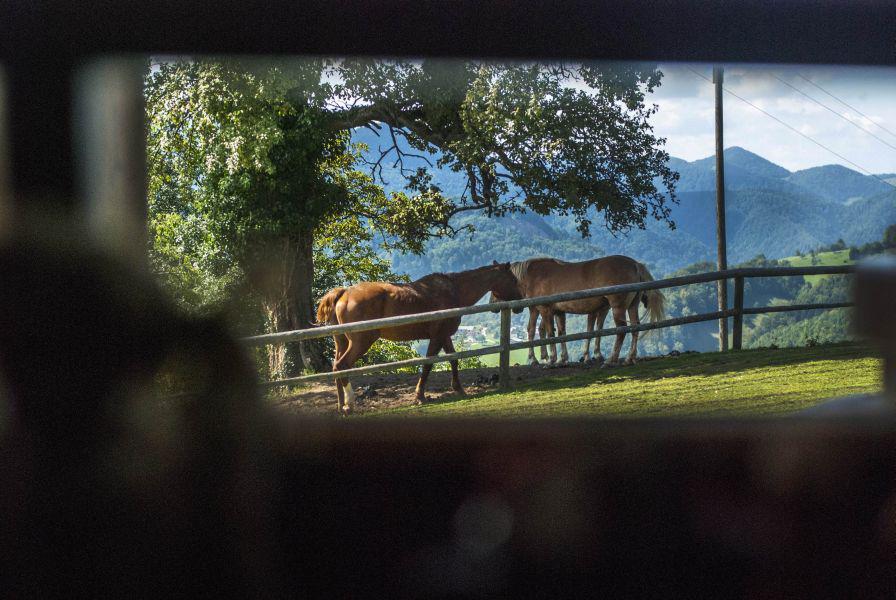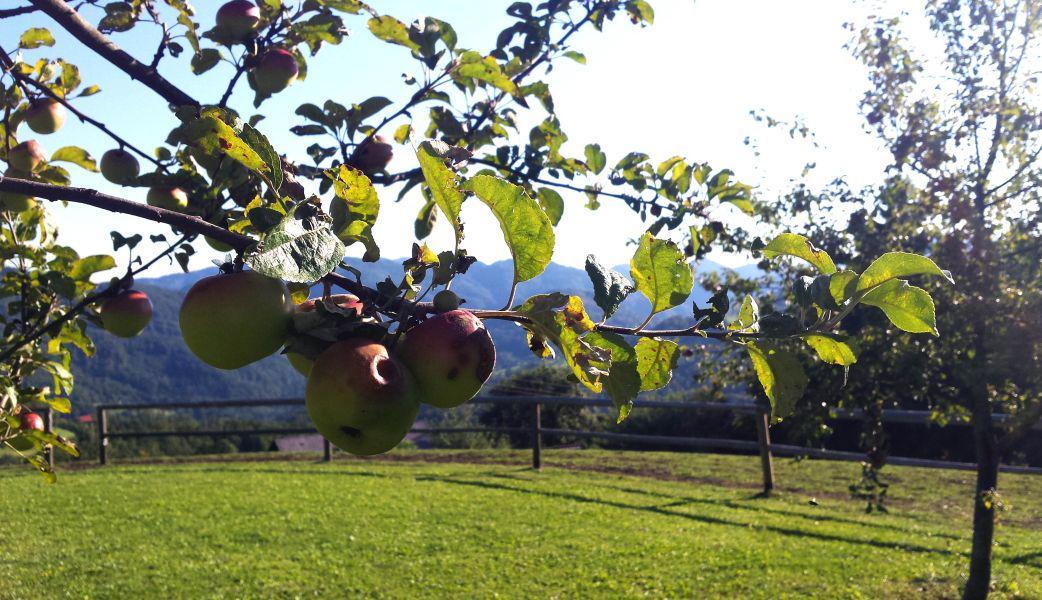

Various hidden jewels lie scattered among the park’s verdant hills and rivers. Among the most important is the Olimje Monastery. Operated for centuries by the Pauline monks, it features one of the oldest monastic pharmacies in Europe – and some of the best-preserved examples of monastic architecture anywhere.
No fewer than four castles, in various states of repair, can be found in the park. Perhaps the most remarkable is the one in Podsreda, which dates back to the 12th century and is one of the finest Romanesque buildings in the country.
The area now covered by the Kozjansko Regional Park was first officially protected in 1981, primarily to honor Yugoslavia’s then-President Tito, who had spent some time in the area as a child. But even through political circumstances have changed, the park’s primary role – to protect the local environment – has remained the same.
More than 100 species of birds can be found in the area, including the European bee-eater, which splits its time between Europe and Africa. The park’s plant life is equally remarkable. Numerous orchids, including some endangered varieties, thrive here. The Kozjansko Regional Park also includes Slovenia’s oldest oak tree and several orchards with old varieties of fruit trees. In recent years, apples from Kozjansko, produced using traditional methods, have become well-known around the country. And as the focus of an annual apple festival, they serve as another symbol of one of Slovenia’s wildest natural areas.


































































